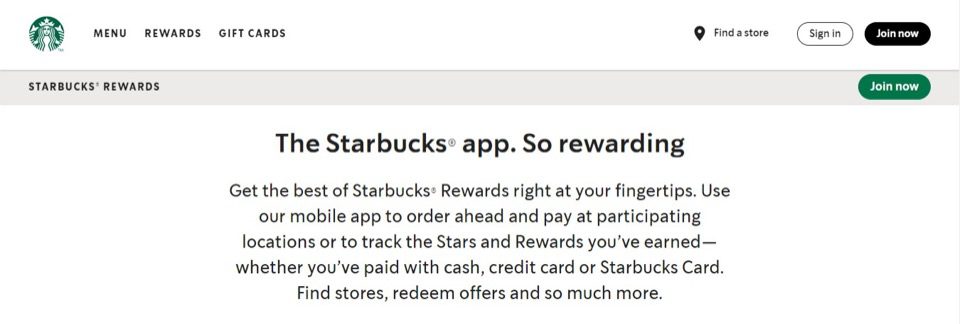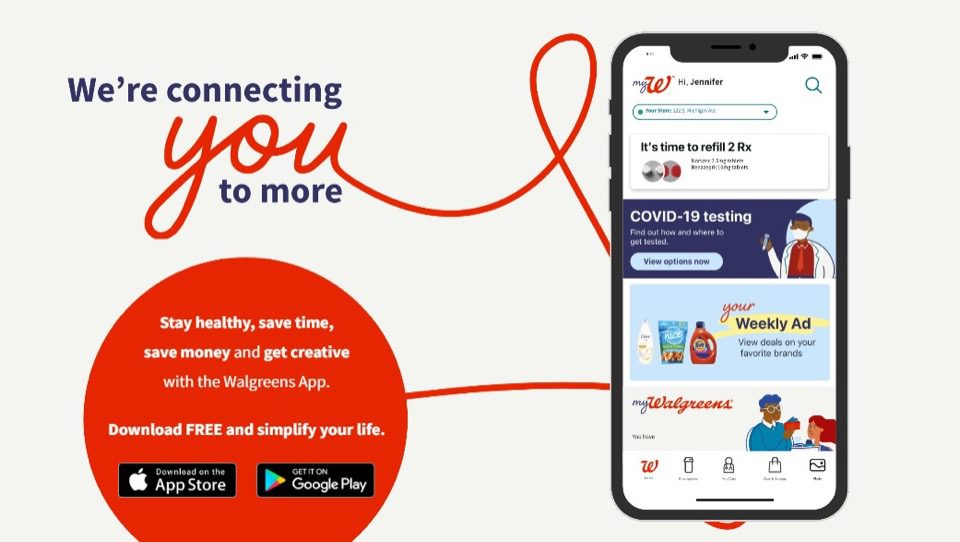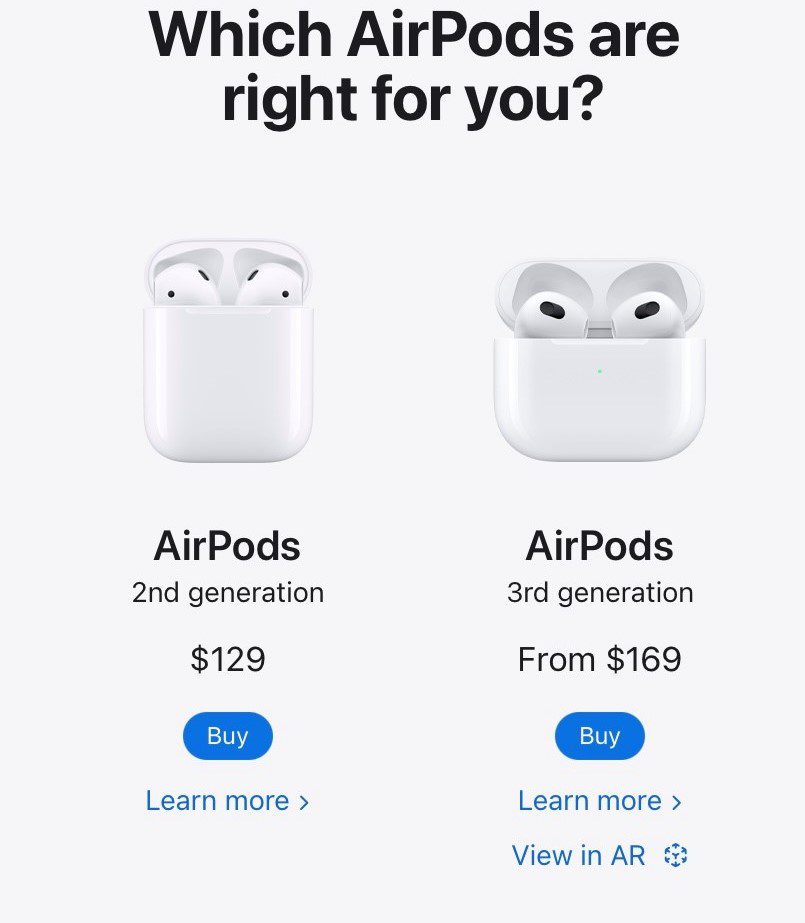
Today’s shopper interacts with your brand online and offline. Scanning an app to earn loyalty points in store and then redeeming those points online is just one example of how customers can enjoy a streamlined experience thanks to a retailer’s omnichannel marketing strategy.
A smart implementation of omnichannel solutions can increase revenue and win repeat business. Today’s customers expect an integrated multi-platform experience, and opening more touchpoints will not only increase user engagement but also drive up your conversion rate. Best of all, you don’t have to be a big business—or even have a physical storefront—to make it happen.
Table of Contents
What Is Omnichannel Marketing?
Omnichannel is a marketing strategy that reaches customers in different arenas. It usually refers to a combined physical store and online presence, but social media can also be an element of an omnichannel strategy.
For example, take Starbucks. The coffeehouse behemoth excels at omnichannel marketing with its rewards app and simplified online ordering that lead to physical, in-store benefits.

Another company that does a great job of omnichannel marketing is Walgreens. Customers can use their mobile app to view and refill their prescription medication without having to contact the pharmacy. Thanks to this omnichannel solution, Walgreens drastically cuts down on wait time and creates a more efficient customer experience.

The goal of omnichannel marketing is a frictionless shopping experience. Customers can start their buying journey on one channel and easily complete it on another. With the average consumer needing six touchpoints along their buying journey before making a purchase, it’s important to offer a great experience on all channels.
It may seem like everyone does this already, but many digital strategies aren’t truly omnichannel.
Single Channel vs. Multi-Channel vs. Omnichannel
Apart from omnichannel marketing, many businesses use a single or multi-channel approach that ultimately leaves customers wanting. Here’s why.
Single channel: Of course, this includes physical storefronts that have no online presence whatsoever. But many ecommerce sites that take pride in being all digital are also single channel. If customers have no way to enter the sales funnel off-site—no SMS, no email, no links on social media—marketing efforts will be one-dimensional and ultimately less effective.
Multi-channel: Many businesses that attempt an omnichannel strategy are really multi-channel. This may seem like splitting hairs, but the difference is that a multi-channel marketing approach does not provide a seamless, integrated purchase experience. It’s less customer-focused as a result. Unfortunately, this is what a lot of businesses do, and they miss the gains that can be achieved via omnichannel marketing.
A prime example of this is a customer receiving a discount code that they can only use when ordering by text. These customers might find that annoying as they may prefer to order on a web browser or via an app.
Another example is a social media post that says “visit our website to learn more.” If there’s no link taking the user directly into the purchase funnel, many potential customers won’t bother—especially when competitors are selling products natively with social media integrations.
An omnichannel solution allows customers to use any entry point and find the same destination. It meets customers where they are with no inconvenience, no annoyance, and no confusion.
Plus, if you provide consumers with excellent customer service across all channels, you’ll improve their overall satisfaction. On average, organizations that implement effective omnichannel solutions receive 91% greater year-over-year customer retention.
How Omnichannel Marketing Impacts the Traditional Retail Experience
In our digital age, you don’t need a physical store to offer a “store-like” shopping experience. Stitch Fix is an example of an online company that has integrated a physical try-before-you-buy approach, simulating the experience of trying clothes on in a store. Another way companies have used omnichannel solutions is by implementing augmented reality.
A prime example of using omnichannel marketing in this way is Sephora. The leading cosmetics retail store has what they call a “Virtual Artist.” This is a feature available on their mobile app that allows users to virtually try on beauty items like lipsticks, eyeshadows, and blush.

Not only is this a fun and exciting way of trying on makeup, but it’s incredibly convenient for customers. Through the use of this omnichannel solution, Sephora allows customers to begin their purchase journey without needing to enter a store. They’ve even elevated their customer experience by giving detailed tutorials on the products that, based on the facial scan, best suit a user’s face.
And, the most important part—this omnichannel marketing strategy gives customers a seamless checkout experience by allowing them to purchase makeup directly from the app.
In addition, there’s Apple. The Silicon Valley giant allows customers to view various Apple products in augmented reality with their iPhones.

Though this omnichannel solution can only be viewed on iOS and iPadOS devices, it allows users of these products to click on the “View in AR” button and explore the item before making a purchase.
Benefits of an Omnichannel Strategy
The benefits of an omnichannel strategy for a brand are numerous and can’t be overstated. Not only does it help companies be more efficient and effective in their marketing efforts, but it also allows them to create a more personalized experience for their customers.
By using the data from all channels to create an individualized experience for each customer, your business can benefit from omnichannel marketing in the following ways.
Widen Your Reach and Increase Your Revenue
Omnichannel is the way to go if you’re looking to expand your reach in order to increase your revenue. By implementing omnichannel solutions and taking into account all of the different channels your business can use to reach your current customers, you can generate more revenue. Customers that businesses reach via omnichannel versus single-channel means spend about 10% more online. Plus, reaching and connecting with new customer segments can help your business amplify these results.
Improve Brand Recognition
By using the same brand voice and messaging across all channels, you’ll further strengthen and improve customers’ recall of your business’s brand. Omnichannel marketing combines all the channels of marketing into one integrated system that allows your brand to have a more unified voice and personal connection with your customers.
Improve Customer Satisfaction and Increase Customer Loyalty
Your business can adopt various types of omnichannel solutions that can help your company improve customer satisfaction and increase customer loyalty. Some solutions your organization can adopt to achieve these important goals are:
- Using AI chatbots to provide real-time assistance to customers on social media channels like Facebook Messenger, WhatsApp, and more.
- Using chatbots for call center or email support.
- Providing personalized recommendations based on the customer’s purchase and browsing history.
- Incorporate customer support training of your staff (like social media managers, for example) in the development of your omnichannel marketing strategy.
When customers feel respected and valued throughout their buying journey, they are more likely to remain loyal to your business. Ensure your brand incorporates great customer service at every touchpoint to maintain consistency and improve customer satisfaction as part of your omnichannel marketing strategy.
Improve Operational Efficiency and Save Costs
Companies are always looking for ways to increase operational efficiency and reduce costs. And this ideal form of marketing is the answer to their prayers.
Because omnichannel solutions allow you to gather a customer’s data only once, your business won’t have to incur the incremental costs of collecting consumer data from the various touchpoints. This, plus not worrying about developing and using strategies for each channel, means your organization will operate more efficiently and save on costs.
Reduce Inventory Stagnation and Lower Customer Frustration
Integrating online and offline channels in omnichannel marketing to improve inventory turnover may not sound like it helps provide a seamless customer experience, but it does. Inventory turnover is a crucial factor in retail. It’s important to have a good picture of your inventory levels so your business can fulfill orders from all channels.
For example, a customer may browse your ecommerce site, looking for a particular product. If they see something they like, they may want to buy in-store instead. One of the solutions to this is them calling their preferred store to inquire about its availability. But omnichannel marketing is about convenience. Allowing customers to check the availability of the product online in a store of their choice is a great way to improve inventory turnover and lower customer frustration. This is because your store will be able to sell stock in their physical stores (in this instance) much quicker. Plus, the customer won’t get frustrated or annoyed when they visit the store only to find out that the item they wanted isn’t in stock.
One brand that does a fine job of conducting omnichannel marketing in this way is Mango. The fashion retailer’s site allows you to check the availability of an article of clothing in any store of your choosing. If you find out that a product is not available at any of their stores, this omnichannel solution gives you the information you need to order the product online and not waste time and gas traveling to your nearest store.

Engagement Matters
Brands and businesses no longer just post content on their websites—they have to put it everywhere. You’ll find it on social media, blogs, and apps. Having a strong content marketing strategy is important for your business as it’ll allow you to achieve this while reinforcing your brand’s omnichannel efforts.
Conclusion
When done right, your omnichannel efforts and solutions can drive impressive results for your business’s sales and marketing. Research shows that omnichannel campaigns receive more than triple the engagement of single-channel campaigns.
Looking at these results, you don’t want to get left behind and lose your competitive edge. At Coalition Technologies, we provide metrics-driven marketing services for our clients that help them achieve their campaign goals. Look at our successful case studies and see for yourself. Our globally positioned team has the expertise to offer you a variety of services to assist your business.
Coalition is a market leader with exceptional experience and success working with implementing omnichannel retail strategies. Contact us today to discover how our metrics-driven marketing services will amplify your omnichannel efforts.

